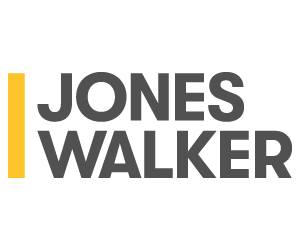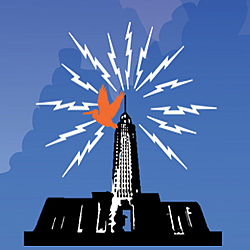Right after World War II, the U.S. government invested heavily in the American dream. The idea was to create a nation of homeowners. So the federal government got in to the lending business, subsidizing the building of suburban America and giving birth to a massive middle class. It created unprecedented wealth passed along from generation to generation.
The impact of those programs can still be felt today. Especially in communities of color, who were left out of the project.
Historians and sociologists have pointed to that exclusion — paired with widespread segregation, not just in the Jim Crow south — as the root of generational poverty still disproportionately impacting Black Americans. Without the same shot at home ownership, they have historically lacked capital or equity to start businesses or send kids to college It’s created a shortage of wealth available to Black entrepreneurs.
Christiaan’s guests on this edition of Out to Lunch Acadiana have both worked to chip away at that problem.

Corey Jack
Corey Jack consults with aspiring entrepreneurs to demystify the process of starting businesses. He also works as a contracted liaison to Black-owned businesses for One Acadiana, this region’s multi-parish chamber of commerce. Corey serves as the Executive Director of the Holy Rosary Institute, a nonprofit effort to redevelop an historic Catholic school that served Lafayette’s Black community. Once complete it will serve as a new community center for North Lafayette.

Terrica Lynn Smith
Terrica Lynn Smith is a real estate developer and entrepreneur with a mission to build equity in Lafayette’s Black community. She’s built a portfolio of developments and clients in 22 states and launched an investment group to help people without investor-level money build wealth. Terrica is a published author and an advocate for the power of education. Her $14 million dollar Madeline Cove development will be one of the first projects financed by the federal government’s Opportunity Zone program which aims to put investor capital in distressed neighborhoods.
Photos by Jill Lafleur. Here’s more conversation about Acadiana home ownership.





